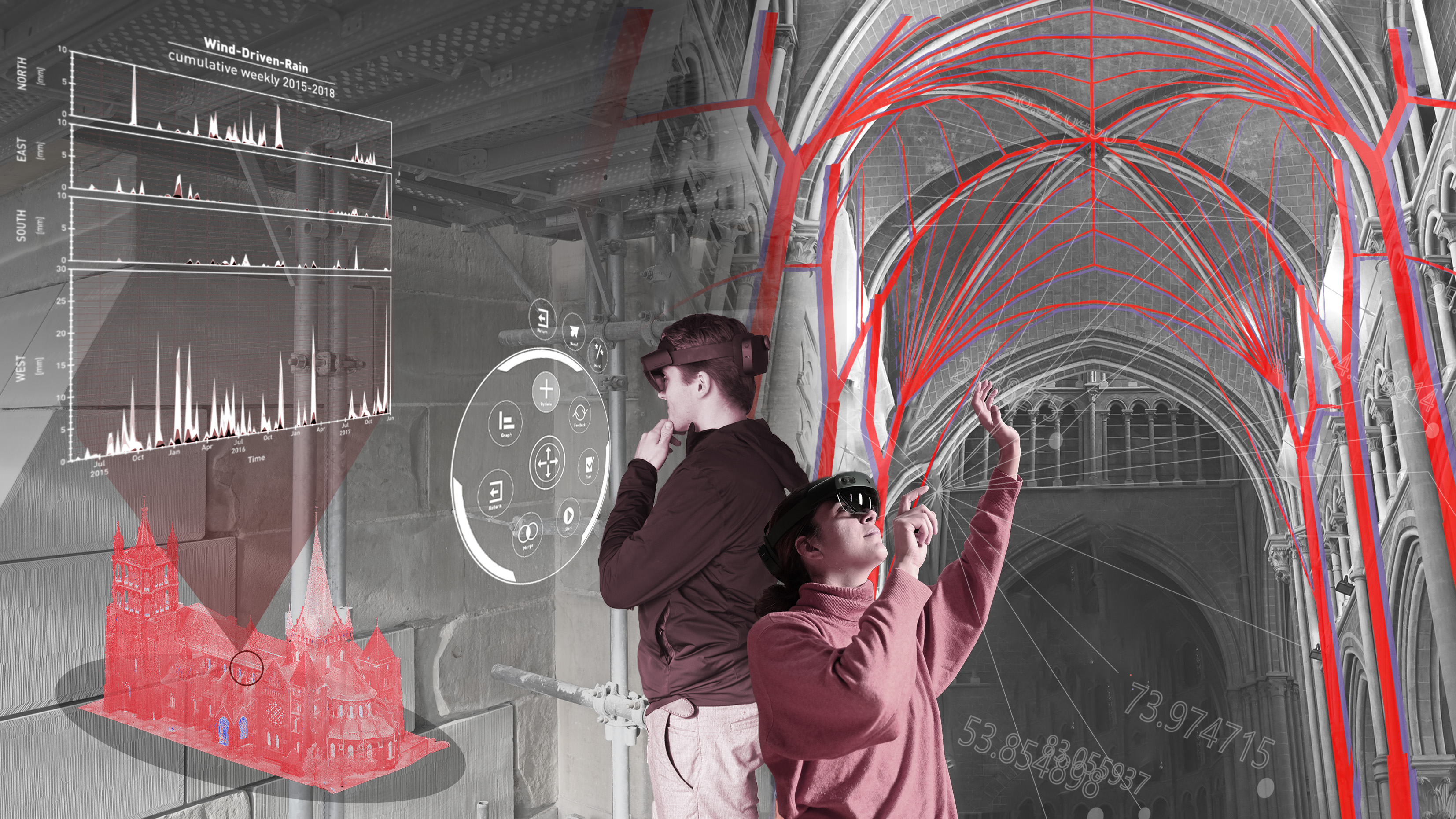Heritage ++, a Spatial Computing approach to Heritage Conservation
DOI:
https://doi.org/10.21809/rilemtechlett.2024.202Keywords:
Built Heritage Conservation, Spatial Computing, Multidisciplinary Collaboration, Extended Reality (XR) ApplicationsAbstract
Historic structures are affected by numerous degradation processes driven by a complex system of interconnected and mutually influencing factors. Preserving these monuments is a multidisciplinary endeavour that extends beyond one-time interventions, necessitating a comprehensive methodology that involves various stakeholders, expert consultations, monitoring tools, and impact assessments. Limitations arise due to communication barriers and difficulty in translating and transferring experience among disciplines, often compromising the collective ability to define the best possible conservation strategies.
Recent advancements in 3D modelling and data management technologies offer collaborative platforms for information sharing. However, the complex interfaces of these tools often limit their accessibility, making them exclusive to specialists. Integrating Spatial Computing could address these challenges by fostering intuitive engagement and enhancing accessibility and depth in interdisciplinary interactions. This letter outlines initial efforts in using spatial computing to tackle the challenges of built heritage conservation and presents a vision for its future development.

Downloads
Published
How to Cite
Issue
Section
License
Copyright (c) 2025 Yamini Patankar , Camilla Tennenini, Rafael Bischof, Ishita Khatri, Ricardo Maia Avelino, Wenqian Yang, Nijat Mahamaliyev, Fabio Scotto, Daniela Mitterberger, Bernd Bickel, Fred Girardet, Christophe Amsler, Brahimsamba Bomou, Robert J. Flatt

This work is licensed under a Creative Commons Attribution 4.0 International License.
Authors retain copyright of the articles published in RILEM Technical Letters and grant the journal the right of first publication with open access. The work is simultaneously licensed under Creative Commons Attribution 4.0 International License (CC BY 4.0) that allows others to share and adapt the work under the following terms: 1) a proper attribution is given in a form of bibliographic record with the DOI link directing to RILEM Technical Letters; 2) a link to the license is provided; 3) the changes (if any) are indicated.









